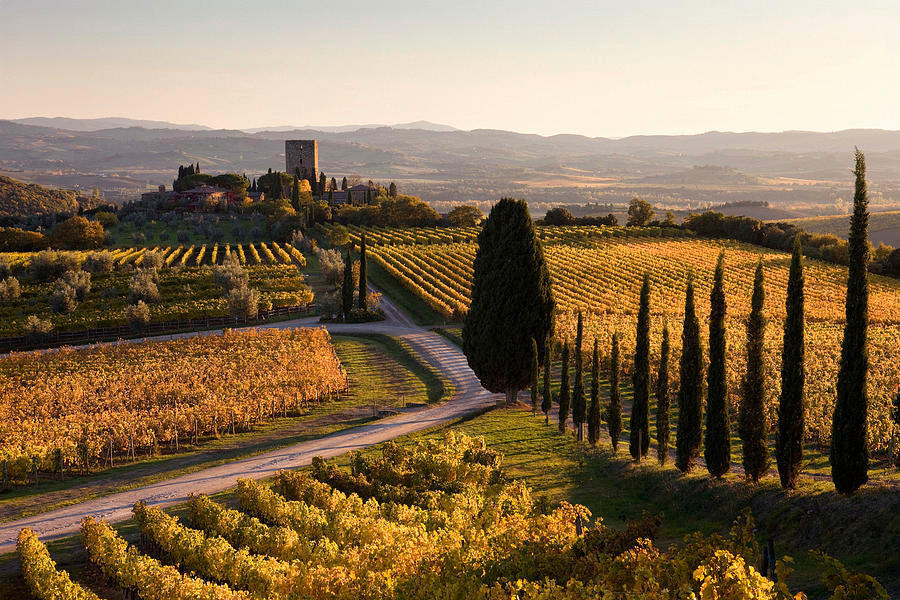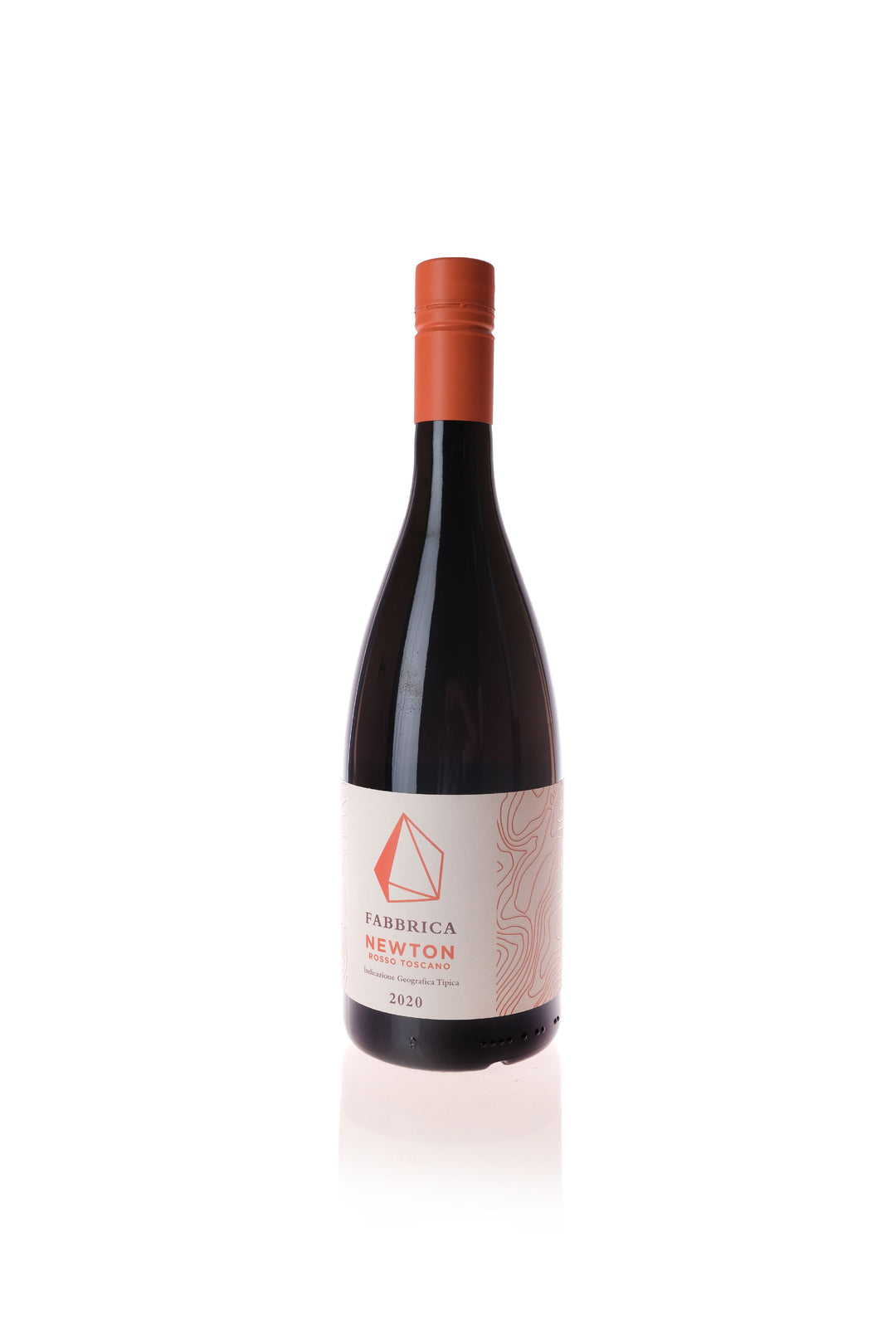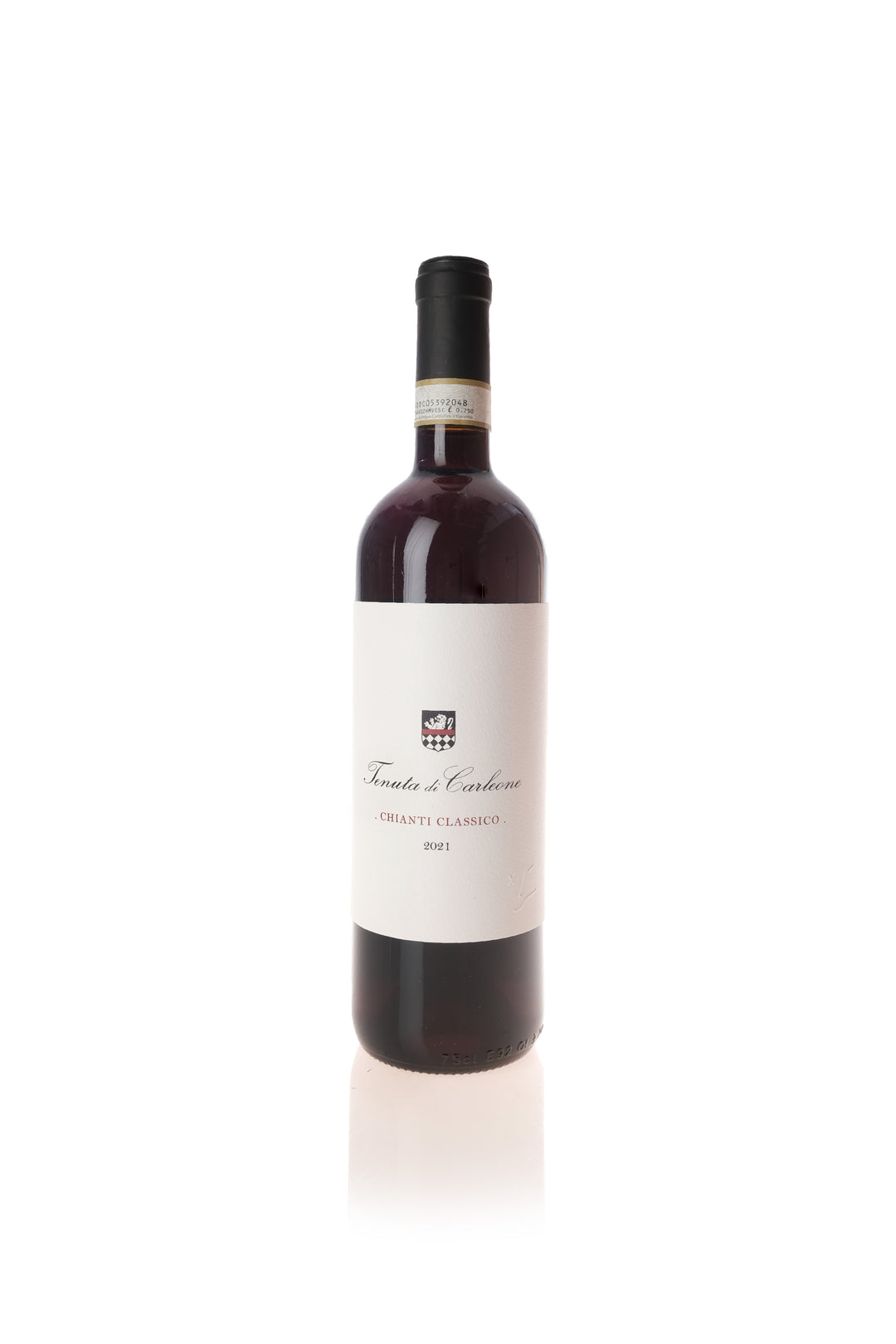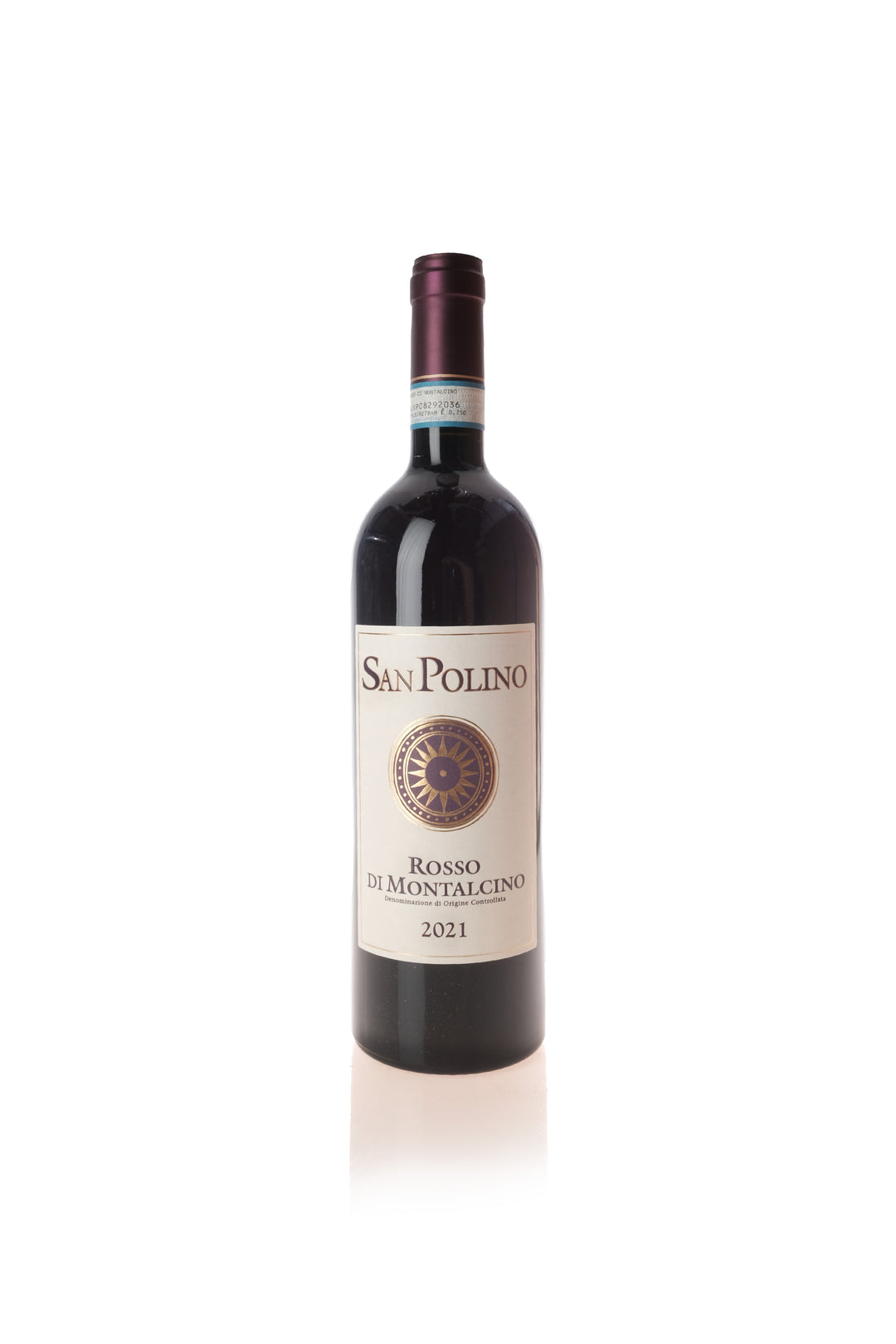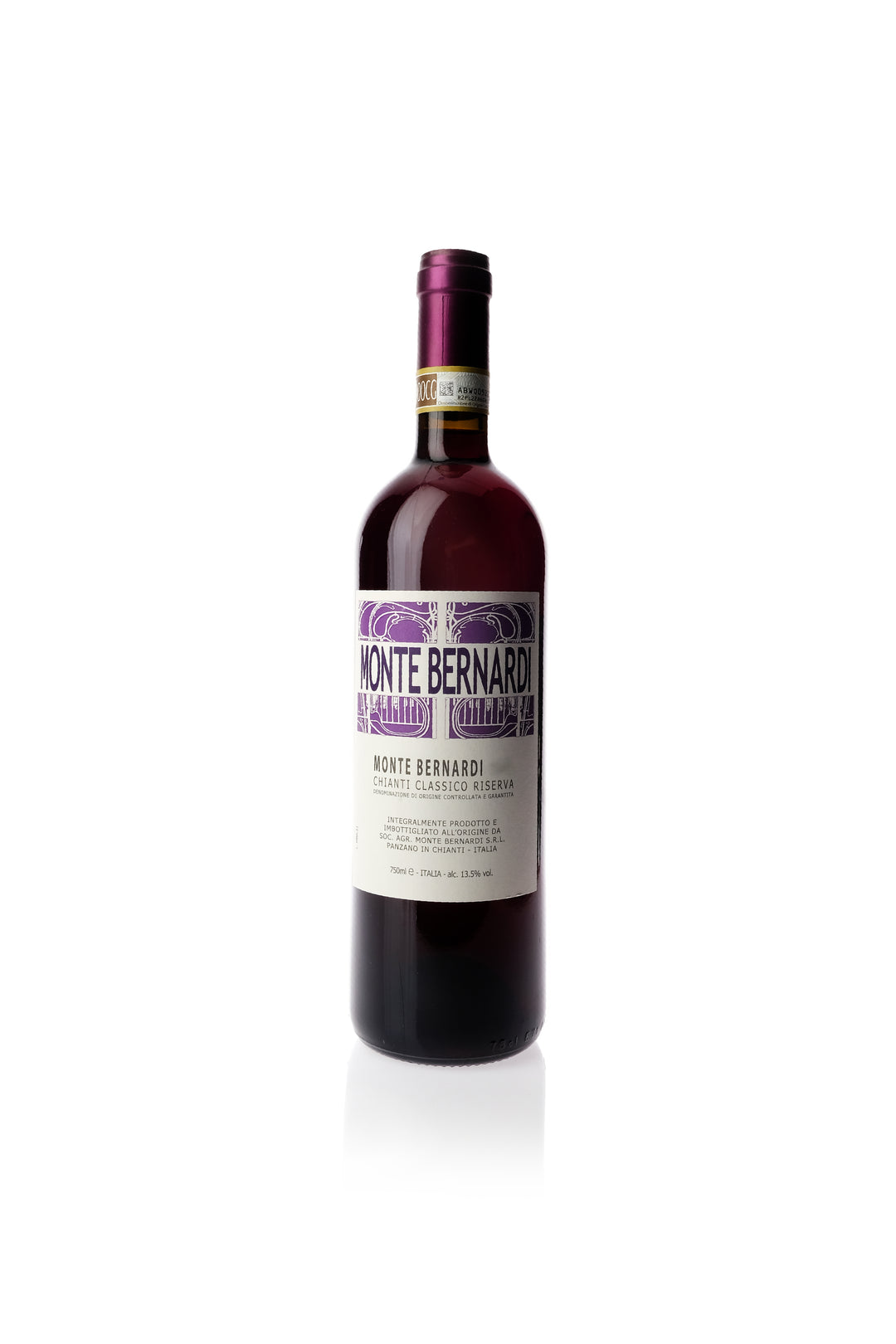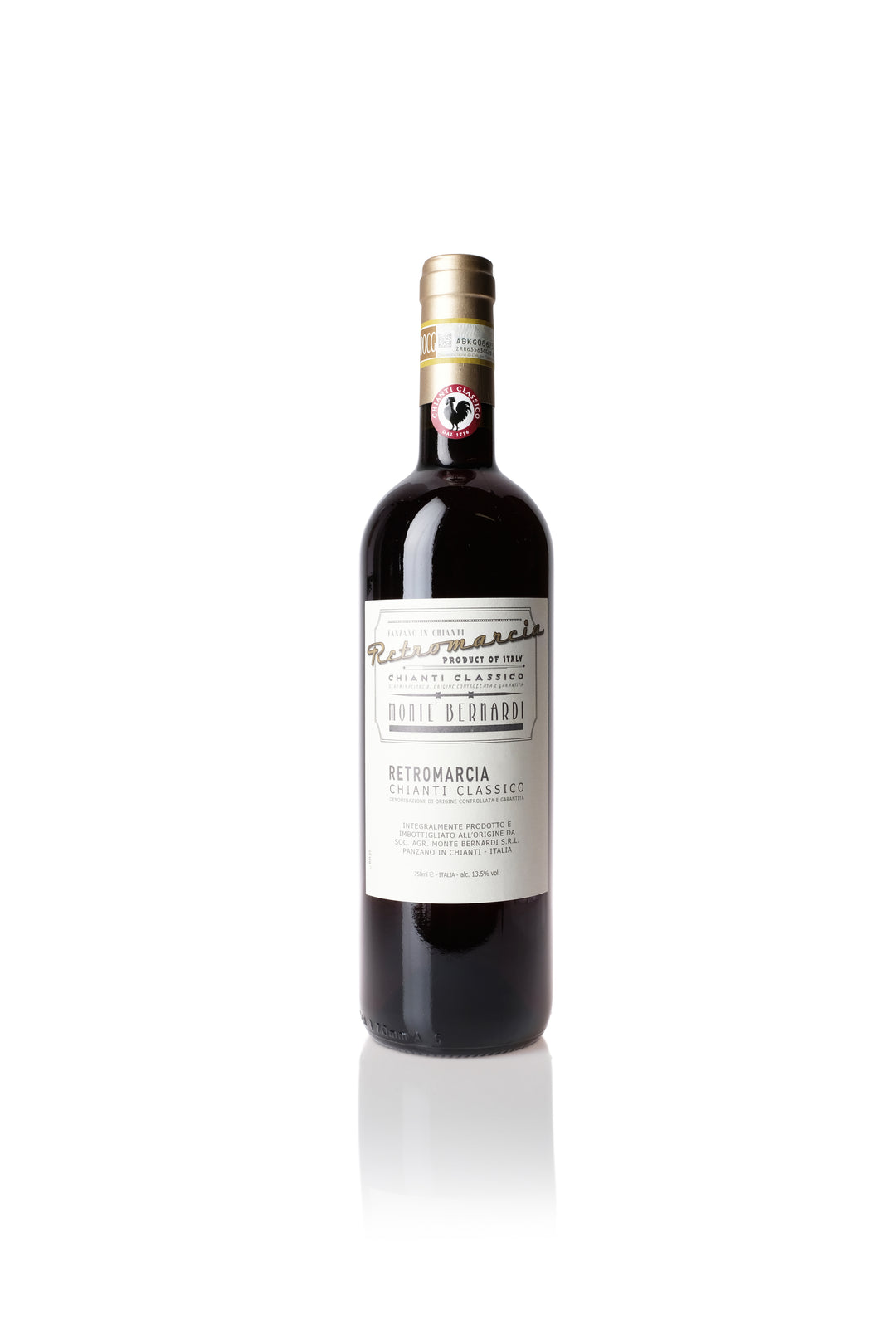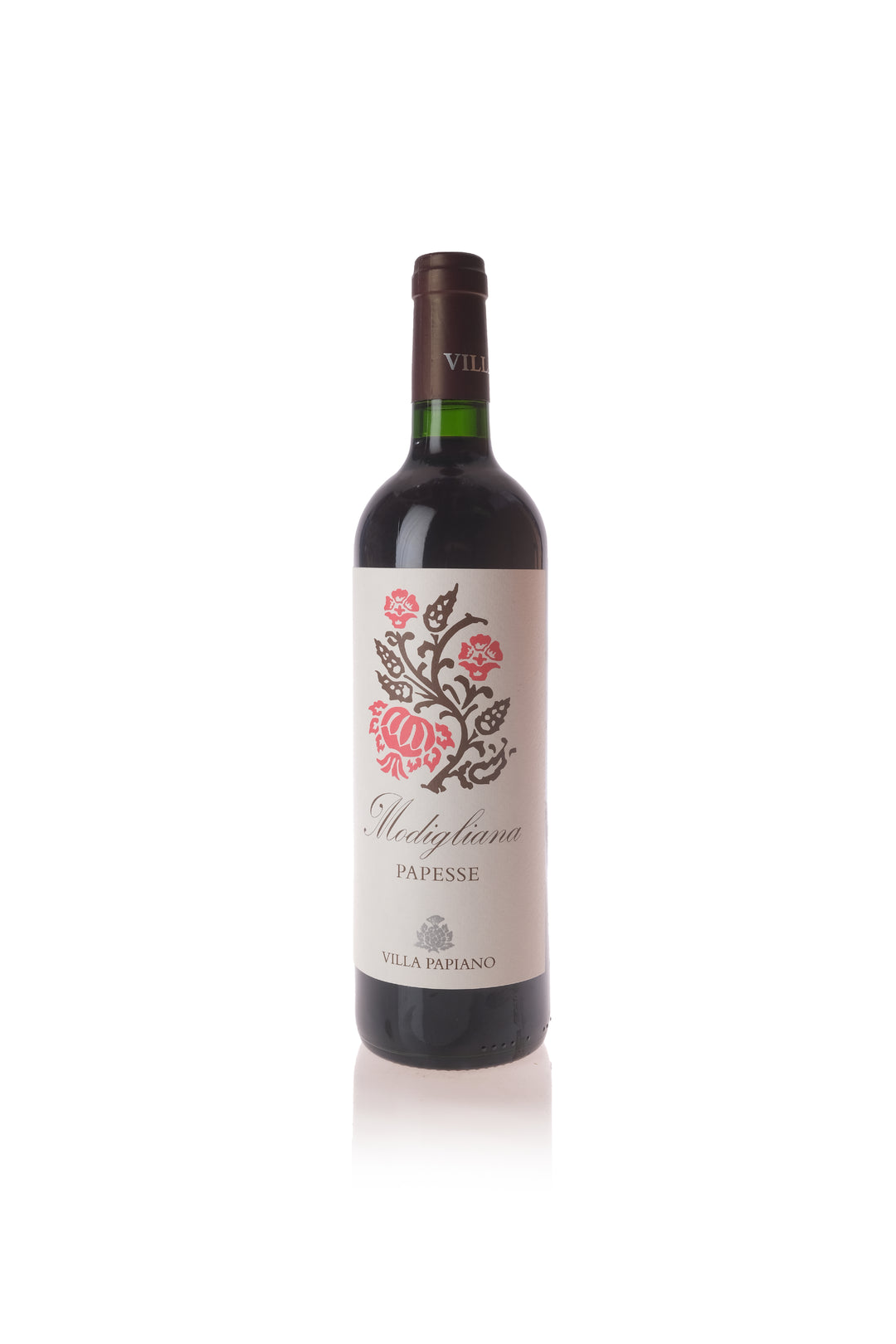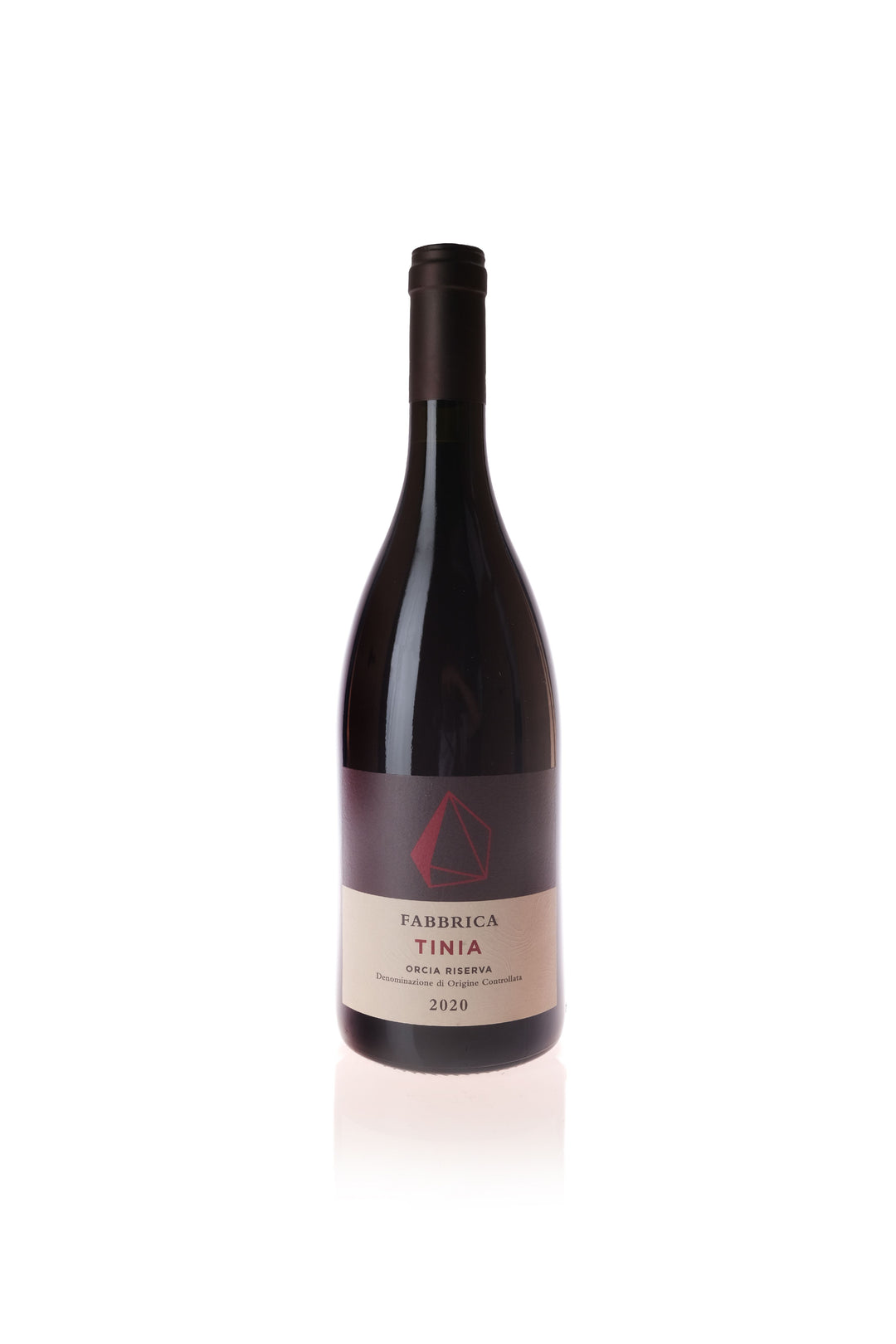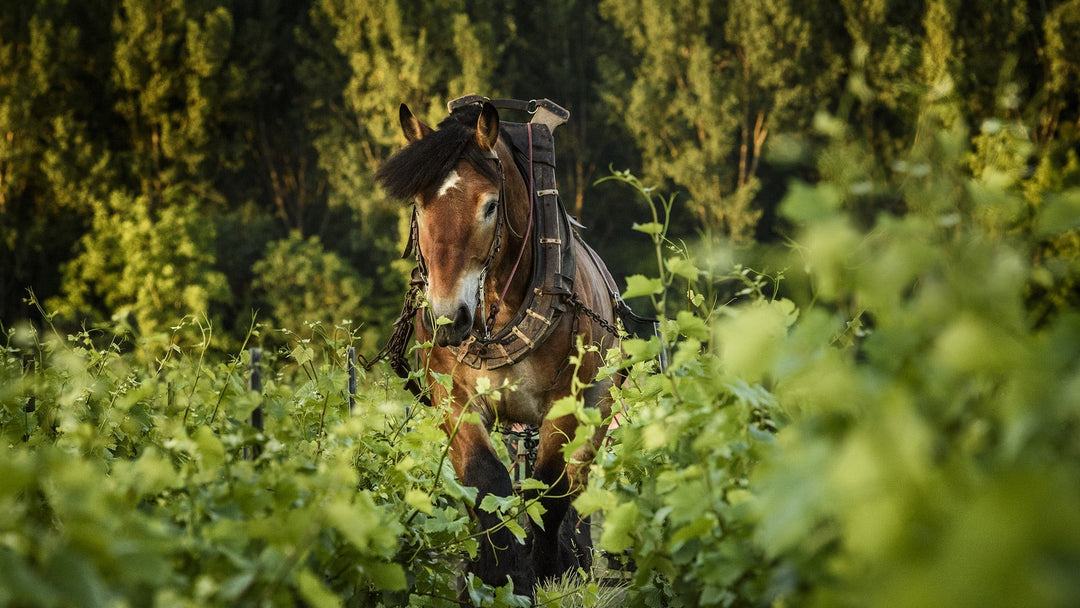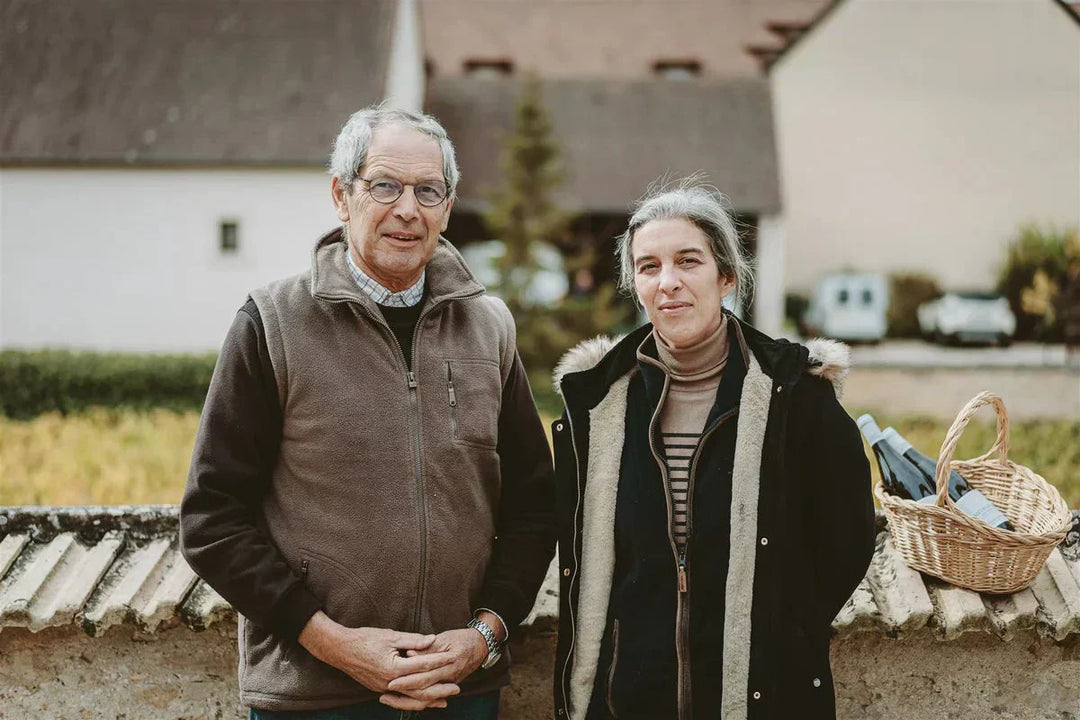SUMMER SANGIOVESE
A bottle of Sangiovese is something we reach for often, especially this time of year! When we think of summer feasting we think of olive oil, fresh greens, juicy sweet tomatoes, cured meats and everything grilled… in pairing, Sangiovese immediately comes to mind! Let us tell you all about our summer fling with this light but tannic red and why we just can’t get enough of it.
Deriving its name from Jovis, or “The blood of Jupiter", Sangiovese in many ways embodies the spirit of Italy and of Italian Cuisine. Sangiovese is better known as the variety behind the exquisite wines of Montalcino (hello Brunello!) as well as Chianti. European wine law is confusing enough, and Italy, to make things even more complicated, is notorious for not listing grape varieties on the front label. A pro-tip? If a wine says Rosso or Brunello di Montalcino, or even Chianti on its label, the wine by law is Sangiovese or Sangiovese dominant.
So what’s the difference between these two? Brunello di Montalcino and Chianti, being some of the most recognized names in wine, share as many similarities as they do differences. Both Sangiovese dominant, and grown only about a 2 hour drive apart, these wines are extraordinarily distinct from one another.
Brunello di Montalcino, for reasons we completely agree with, is hailed as one of the most prestigious wines coming out of Italy and is considered the more elegant and age-worthy iteration of the grape. “Brunello” actually refers to the Sangiovese clone grown in Montalcino also known as “Sangiovese Grosso.” Aside from growing conditions (slightly warmer here than in Chianti), “Brunello” or “Sangiovese Grosso” is a larger and thicker skinned fruit. In order to be classified as a Brunello di Montalcino, the wine must contain 100% Sangiovese Grosso, and be aged for 2 years in oak followed by 4 months in bottle prior to release. Seeing time on wood, this wine presents as bolder and more tannic than its Chianti counterpart and predominantly shows the hand of the winemaker.
The first region to be awarded ‘Denominazione di Origine Controllata e Garantita’ (DOCG) designation, Brunello Di Montalcino’s fame dates back centuries prior and has been produced in the region as far back as the 14th century. Due to this designation Brunello di Montalcino sky-rocketed in demand and price. The region saw an influx of new wineries and the wine began to lose a bit of its esteem due to many producers trying to turn a quick profit. We believe that there is extraordinary juice coming out of the region from certain producers. Producers such as Poggio di Sotto, Sesti, Gaja, and Pian Dell’Orino, whose missions revolve around creating the best wine in the region, set the standard for what Brunello can, and should be.
But hey, we’re not just here to sing Brunello’s praises. Enter Chianti. For many years considered the more affordable of the Tuscan Sangioveses, Chianti has in recently begun producing world class wines that easily rival and often surpass those of Brunello.
The more rustic of the two, Chianti’s laws allow for wine to be released without minimum aging requirements, meaning that while some Chiantis do see age (Chianti Riserva), most tend to be a bit lighter bodied and more fruit forward than the oaked Brunello. We love Chianti for its bright young freshness especially when pairing in the summer months.
Another technical difference is Chianti’s blendability. Allowing up to 10% of the wine to come from grapes other than sangiovese, one often finds indigenous varieties such as Caniolo, a soft and floral blending grape as well as the intense and smoky Colorino incorporated into the wine. The best Chiantis are generally considered to be “Chianti Classico” which must contain 100% Sangiovese and be aged for at least 11 months. However, as with any wine, we believe that the best versions from any region come from the best producers. Here's where we come in.
Hailing from Italy’s most famous food and wine region, Tuscany, there is seldom a moment when a meal is consumed here without an open bottle of Sangiovese nearby. This is undeniably a FOOD WINE. A fun anecdote about Tuscan food and wine culture is that the local bread “pane toscano”, great for mopping up sauces and soup, is actually unsalted. The quintessential Tuscan table includes local olive oil, naturally peppery, as well as the local Sangiovese, a wine known for its natural saltiness. When served with a meal, the wine and oil act as the “salt & pepper” seasoning. Taking pairing to the next level, Tuscan cuisine and Sangiovese are truly made for one another.
If you’re looking for a little meal inspiration we would love to suggest trying out your hand at Bistecca Fiorentina. This is the classic dish of Florentine, a staple city in the region of Chianti. Typically the steak is served bone-in, aka T-bone, and seared on a very hot grill. The one side of the steak has a fat cap and is cooked to medium rare while the other side should be cooked slightly longer where the meat is tougher. The meat should be seared in olive oil and basted in the sauce as you cook. Typically you’d serve the steak cut into slices and finished with fresh acidic herbs like parsley and garlic. Perfect with a slight chill, Sangiovese is the wine of our dreams when it comes to grilled meats and veggies.
Bistecca Fiorentina is a pretty big undertaking meaning we suggest sharing with friends over a couple bottles of wine. Never just dining, really good food and wine is all about creating memories. Try with anything summer; tomato, pizza, greens, or meats from the grill- and most importantly, ENJOY!
By the Cru - HART & CRU


